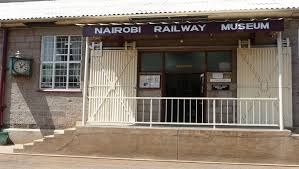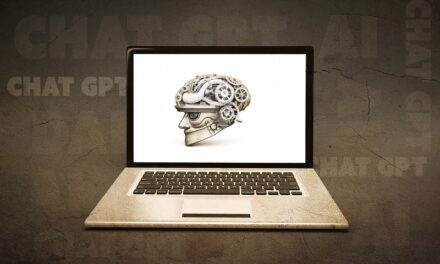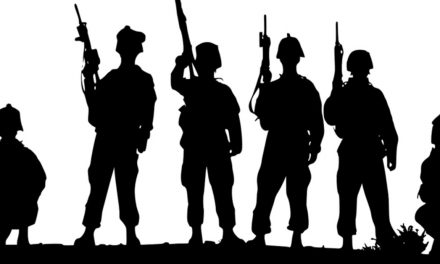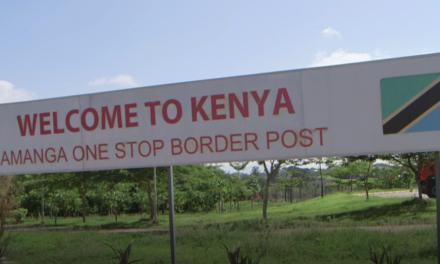
Inside Nairobi Railway Museum

By Wairimu Chege
Opened in 1971 by East African Railways and Harbors Corporation, and as of today, attended by Kenya Railways, the Railways Museum is one of Nairobi’s easily accessible museums and is very rich in history.
History lovers would definitely enjoy the vintage locomotives and the stories behind every detail. The Railway Museum echoes the great support for the railway association. A tour around this place opens your mind to history including intriguing stories as narrated by the very patient guide.
Museums have always fascinated me, so, I’ve always set time aside for such amazing adventure. I had no clue that such a museum exists, but because birds of a feather will sure flock together, I got an invite from a friend to accompany her for this amazing experience. Many people living in the capital of Kenya, Nairobi, have always attached high costs to adventure, being blind to the resources around us.
Located at the Centre of Nairobi, near the railway station and neighbors the Kenya Polytechnique, the museum is open daily from 9.00 AM to 05.00 PM GMT. To access it, while already in the central business district, tourists or people nonconversant with the town can opt for cab services. If you would love to explore the busy town though, you can stroll and get there on foot. Besides the convenience in opening hours and location, it is also very affordable, charging Kshs.600 for non-residents and Kshs. 500 for residents and very affordable rates for students and children too. They are cashless, so mobile money and cards are the only acceptable payment forms. As you walk through the museum, there is very beautiful graffiti that keeps you glued, but there are strict photography rules since it is charged separately.
Part of the merits of visiting the railway museum includes learning of the rich history. The history on the reason for its construction, the happenings of the period of its construction and there is the chance to see vintage equipment including the phones that were used at the time, cutlery used by the queen, locomotives which were used back in the day, from hand push trains to steam and diesel too. You will also see the claws of the maneaters of Tsavo and a lot more assemblance of artifacts.
The building of the railway started during the period when there was a scramble for Africa. The British, who at the time had a huge presence in Egypt, South Africa and East Africa were wary that the French who were concentrated in West Africa would invade their territory since they had slowly started pushing their way into the interior of Africa. This is how the idea of building the railway was born as a way to block the French. It was meant to connect the port of Mombasa to the East Coast of Lake Victoria.
Built 125 years ago, in May 1896, the Kenya Uganda Railway was also known as the “lunatic” railway. The British press liked to call it so since they did not know its use, neither where it was going, hence it looked lunatic. It is said that before the British arrived, there was a prophecy by a prophet called Kimnyole of the “Iron Snake” which came to be the railway line. It was referred to as lunatic also because of the danger it caused and loss of lives during its construction. The Nairobi Railway Museum is one of a kind in East and Central Africa.
The Nairobi Railway entrance, which is a long stretch approximately 600 meters of a tarmac sidewalk graces you with creativity, amazing graffiti. There is a first gate here where you check in with security first, there was no money required at this gate, but there was registration done. The beautiful art gets you soaked at the moment if you’re walking, as you walk through to the museum. On your right side, you will also see snippets of the locomotives. As you near the museum, you will be welcomed by a signboard with warnings “No taking photos”. Do not worry much, photography is charged, hence the notice, and is a way of generating more income.
Once you get to the main museum gate, there will also be another check by the security guard. After this, clearance is done and you will be allowed to enter the magic place. The lady at the reception was warm with stellar customer service and wearing a beautiful smile. She was gracious enough to guide us on the payments and gave us a brief on the photography part as well as asked if we would like a tour alone or with the help of a guide. A guide is quite useful since they are knowledgeable and will give you deep history since they are well vast.
The museum is divided into four sections. There will be a section with the vintage bicycles, several photographs from the end of 1800 to the beginning of the 1900s maps that were used and a lot of favorable stuff. Queen Elizabeth 2 cannot be left out as we go through Kenya’s history and this is also evident at the Railway Museum. This other section features the porcelain plates that the queen and Prince Philip used at the time when she first made her visit to Kenya.
The maneaters lion’s claws as I had mentioned earlier are part of your experience. There is also the other section which is a communications room, which features the tools that were used for communication at the time. Phones, bells, typewriters and calculators. There is the section that showcases the ships and a final section that takes you through the transformation journey to the new standard gauge railway.
Once you are contented with the inside, you will proceed to the trains which are outside. What stood out for me was how well-maintained everything is. This was the communication of how high-quality everything was at the time. The tour in the locomotives tells a story. There is the first-class coach in which Charles Henry George’s story happened with the man-eaters of Tsavo. If details fascinate you, you will definitely enjoy the story from the guide. The notable thing about the first-class coach is the leather seats, the toilets resemble modern ones only that they are colored. There was an upper deck to sleep in.
The second-class coach has featured in the Out of Africa movie which you get to experience. A visit to the museum allowed us to get a feel of what was happening back in the day. You get to experience other locomotives too that used steam, diesel and you will get in the coaches at will. This was a very memorable experience that gave value to our time and money. It is kids and family-friendly and such changes should not be wasted. Nairobi Railway Museum was a beautiful idea and everyone should go experience it!





















Recent Comments